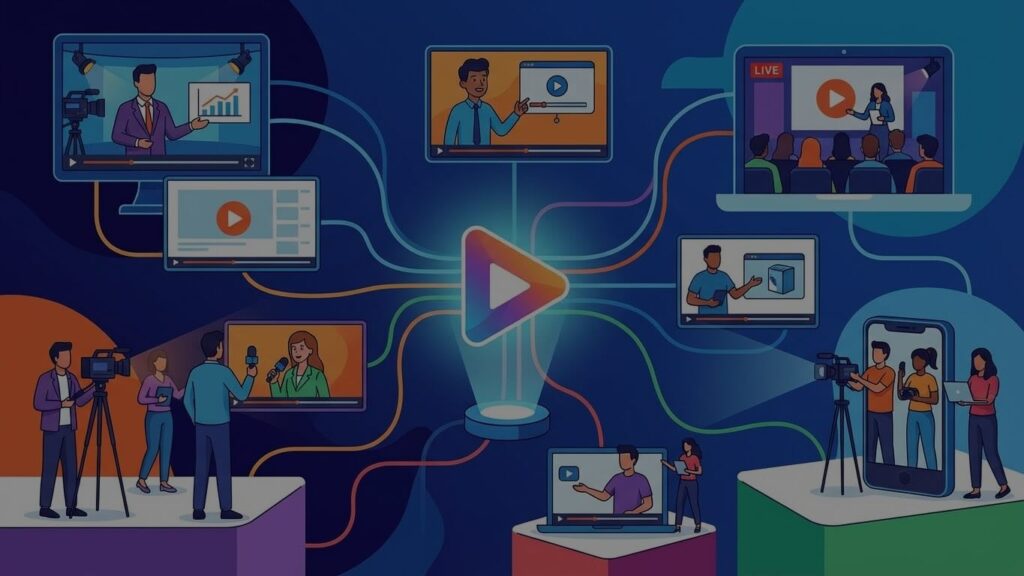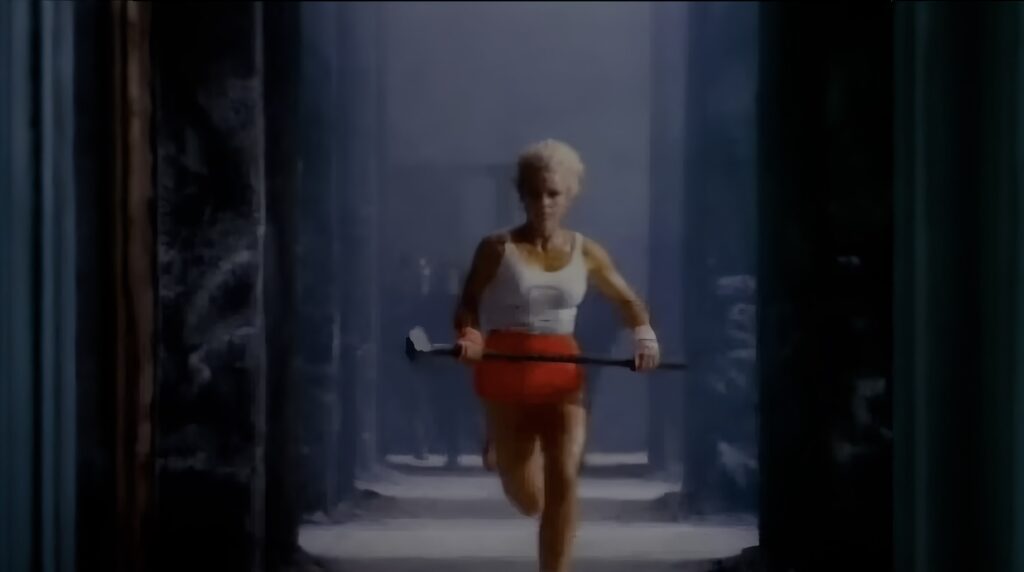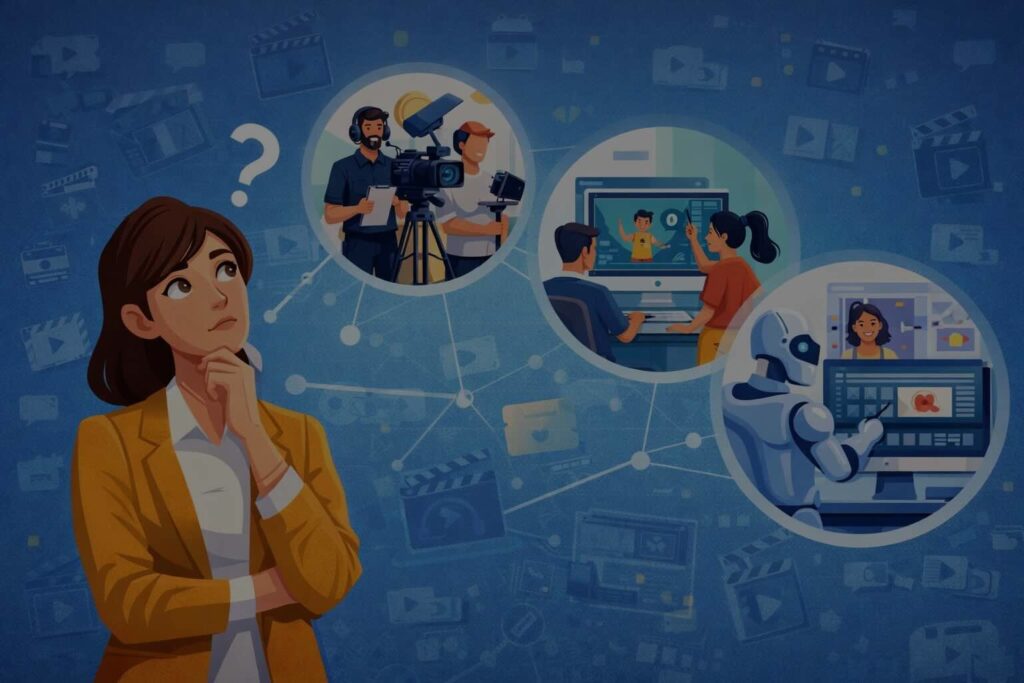Animated videos are a fun and powerful way to tell stories, explain ideas, and promote businesses. But behind every creative video is someone’s hard work and imagination. That’s why it’s so important to protect the intellectual property (IP) involved in making animated videos. This includes everything from characters and scripts to music and designs.
If your animation is shared without permission or copied by someone else, it can cause serious problems—just like leaving your front door unlocked. That’s why taking legal steps to protect your work is key to keeping your ideas safe.
Let’s look at the most important things you should know when it comes to protecting IP in animation projects.
Copyright: Protecting the Original Work
Copyright is one of the most basic ways to protect your animated video. As soon as you create something original—like a character, scene, or storyline—it’s protected by copyright laws. This means no one else can use or copy your work without permission.
In the U.S., you can also register your copyright with the U.S. Copyright Office. This gives you even more legal power if someone uses your content without your consent. Copyright covers:
-
Original characters and visuals
-
Background art and animation sequences
-
Written scripts and dialogue
-
Music and sound effects
Always keep records of your creation process, including drafts, sketches, or production files. These can be useful if you ever need to prove your ownership.
Interesting Fact: Did you know that animated videos increase audience engagement by up to 80% on landing pages? That’s one reason why animation is becoming such a strong marketing tool for brands. If this sparks your interest, be sure to check out What Is Animation Marketing? to see how animation can help businesses grow.
Contracts: Clear Agreements Matter
When multiple people work on a video project—writers, animators, voice actors—it’s important to have contracts that clearly say who owns what. Without this, things can get confusing or lead to legal fights.
Some key agreements to include are:
-
Work-for-hire agreements: These mean the company owns the final product, even if a freelancer helped create it.
-
Licensing agreements: These allow others to use your content, but only in specific ways.
-
NDA (Non-Disclosure Agreement): This stops people from sharing your idea before it’s released.
Putting things in writing protects everyone involved and makes the project run more smoothly.
Trademarks: Branding Your Characters and Logo
If you’re creating a recurring character or using a special logo for your animated series or marketing videos, you might want to register a trademark. A trademark helps protect names, logos, and other brand elements that set your animation apart.
For example, think of famous animated mascots like Mickey Mouse or the logos of animation studios. These are trademarked so no one else can copy them or use something too similar.
Trademarks last as long as they’re in use and renewed, giving long-term protection to your creative brand.
Online Protection: Keeping Content Safe on the Web
Once your animation is uploaded online—on YouTube, social media, or your website—it can be copied or shared easily. To help prevent this, consider:
-
Watermarking your videos
-
Using copyright notices
-
Setting usage rules (terms and conditions) on your website
-
Reporting unauthorized use through platforms’ takedown tools
It’s like having good locks on your house—you can’t stop every thief, but you can make it much harder for them to get in. In fact, just like installing a better lock on your front door, using strong digital protections makes a big difference.
And if you ever get locked out—literally—emergency locksmith services like those from LocksmithsPros.Org can come to your rescue. As one happy client, Jacob Fields, said:
“I accidentally locked myself out of my studio late at night. LocksmithsPros.Org arrived quickly, got me back in, and even helped secure my entry door better. It’s good to have pros you can count on.”
This kind of fast, dependable help matters, both online and offline.
Final Thoughts
Animated video production is creative, exciting, and a great way to connect with people. But protecting your work is just as important as creating it. Copyrights, trademarks, and contracts help you keep your ideas safe. Making sure your content is secure online also protects your brand and your future.
Just like a reliable locksmith gives you peace of mind at home, legal tools protect your animation work wherever it goes. Whether you’re working with a team or producing solo, don’t skip the legal steps—they keep your efforts safe and your creativity secure. Your stories, ideas, and characters deserve to be protected—because they’re one of a kind.



